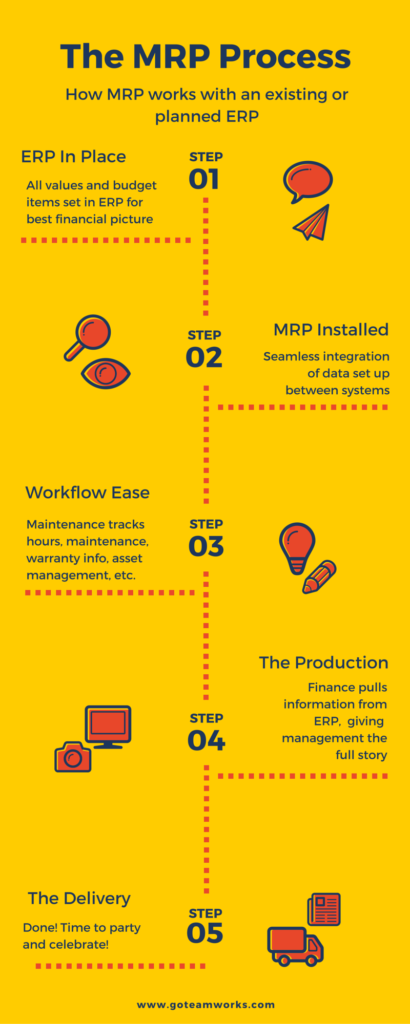Most organizations have heard of or used an ERP (enterprise resource planning) system, but few know about MRP (maintenance resource planning).
The difference is simple. ERP focuses everything around the budget of the organization. In most cases the ERP system started as a financial system and began adding functionality on an as-needed basis based on end of year budget surprises.
So, the ERP keeps adding things until the organization gets the financial picture it needs and the end result is a software designed for financial record keeping and analysis that was forced to accommodate maintenance, and that maintenance is forced to adapt for their use. The system does not function well and does not answer the needs of maintenance, and quite frequently results in a sort of double-entry bookkeeping system where maintenance develops hacks to make their jobs easier, and then enters that same information into two different systems, ostensibly to achieve the same goal.
By trying to be all things to all people, the software gets watered down and, though the primary function of the software is good, the secondary and tertiary functions of the software lack the basic tools needed that everyone can use in a seamless manner and without double entry bookkeeping. Of course, maintenance is usually one of the last modules added and therefore suffers the most.
Most of the time, all money flowing through the organization goes through the ERP. The point of the system is to find trends, look for efficiencies and to identify areas of potential savings. And all of these attributes help the business to run more smoothly on a day-to-day basis.

So what is MRP and why should you consider integrating MRP with your ERP?
The focus of MRP is maintenance. The long term benefits of preventive maintenance, such as the potential savings in replacing a roof, an air handling unit or the potential cost savings of integrating with your BAS (building automation system), are all examples of decisions that can be supported with MRP but would be difficult or impossible to support with the typical ERP.
The MRP system not only acts as a CMMS (computerized maintenance management system) that generates work orders, tracks assets and warranties and documents repair histories, but it passes data to your ERP system for a more thorough understanding of the condition of the organization as a whole. That’s the difference. The financial system gets all the data it needs and maintenance decision makers get all the planning tools and data they need to effectively do their work, plan both ongoing and preventative maintenance and generate accurate information to help finance and management manage their capital expenditure budgets.
ERP systems simply don’t meet the needs of a maintenance group, and a good MRP system can feed the appropriate financial information to the ERP, making maintenance, management and finance happy. So let the organization use an ERP system for finance and budgeting tools, but when it comes to managing your maintenance software needs, MRP is essential.
